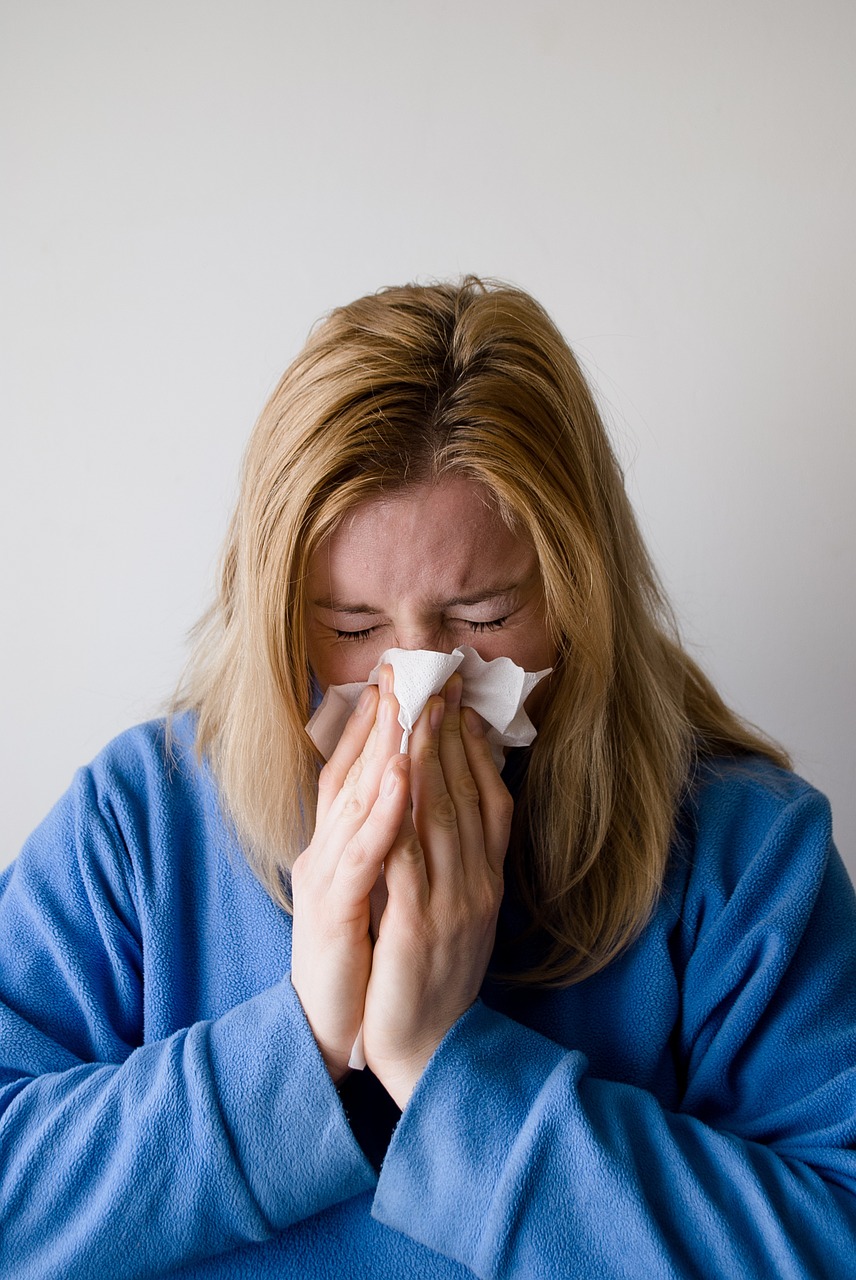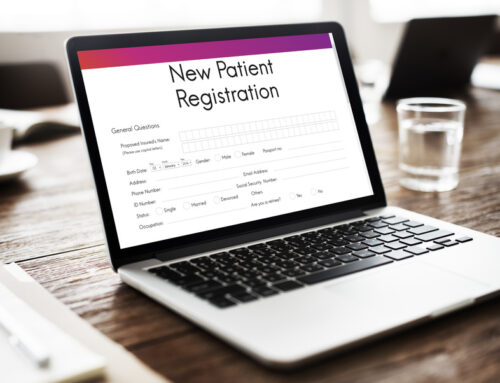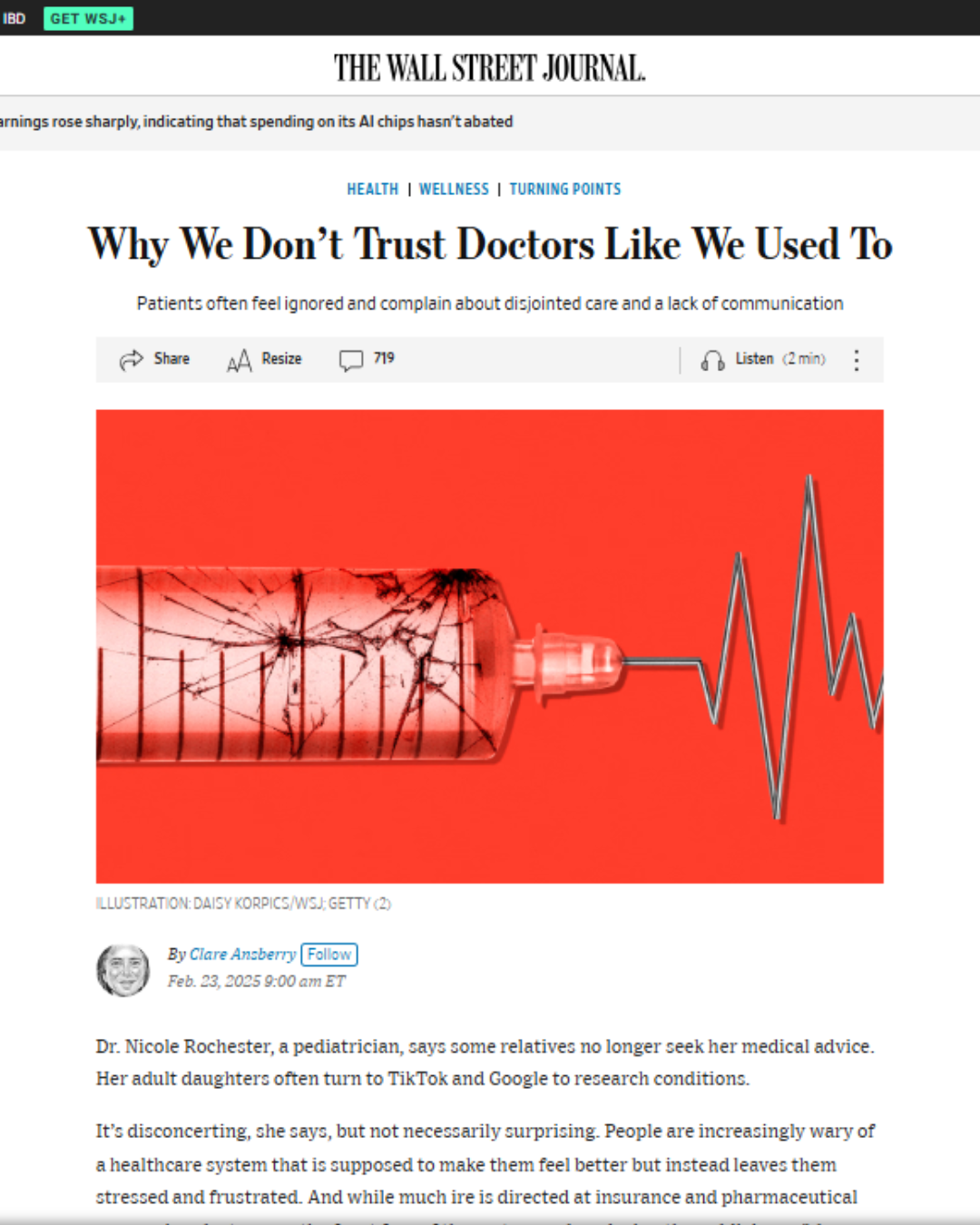*Please note that this article is for informational and educational purposes only and does not constitute medical advice. You should always use your best judgment and the advice of your personal physician or another licensed healthcare professional when deciding when and where to seek medical care.*
Years ago, there were very few options for receiving medical care on evenings, weekends, and holidays. You either waited for your doctor’s office to open or you went to the closest Emergency Room. Thankfully, things have changed and there are now several choices. In this article, we will explore five options for receiving medical care when your doctor’s office is closed.
Emergency Room
Let’s start with the most obvious option, the Emergency Room. With few exceptions, Emergency Rooms are open 24 hours/day, 365 days/year. For many individuals, the ER is the first place they think about if they need medical care on a holiday.
If you or a loved one has chest pain, difficulty breathing, signs of a stroke, uncontrolled bleeding, or a severe injury, the Emergency Room is the appropriate place to seek care. Even if your problem is not an emergency you will receive, at a minimum, a screening exam to make this determination.
Emergency Rooms are usually staffed by physicians with specialized training in Emergency Medicine. Some facilities may also have Internal Medicine and Family Medicine physicians as well as pediatricians. Many ERs are also staffed by mid-level providers, such as nurse practitioners or physician assistants.
There are many pros associated with receiving medical care in the Emergency Room. Some of the pros include the following:
- Convenience (open 24/7)
- Specialized care
- Ability to handle very serious illnesses/injuries
- Physical proximity to hospital ward if admission is necessary (with the exception of free-standing ERs)
However, Emergency Rooms are incredibly busy. According to the CDC, there were approximately 150 million visits to Emergency Rooms in 2016 and that number continues to grow. It is important to understand that in the ER the order in which patients are seen is determined by the severity of their illness or injury, not the time that they arrive. If your problem is not a true emergency, you will likely have an extended wait before you are evaluated by the physician. In addition to long wait times, another con associated with Emergency Rooms includes higher out-of-pocket costs. The copay and/or coinsurance for an ER visit is almost always significantly higher compared to other, less acute options.
Urgent Care Center
Urgent Care Centers first came on the scene in the 1990s and have continued to increase in number. It is estimated that there are over 8,500 Urgent Care centers in the United States. These are walk-in clinics that do not require you to make an appointment. They are typically staffed by Internal Medicine or Family Medicine physicians, although some may have pediatricians as well. Unlike Emergency Rooms, Urgent Care Centers are not open 24/7. Most provide what’s known as “after-hours care” (care when traditional doctors’ offices are closed) and are open from mid-afternoon to somewhere between midnight and 2:00 AM.
Urgent Care centers are capable of treating a wide variety of illnesses, including respiratory illnesses (asthma, pneumonia, cold/flu symptoms, upper respiratory infections), gastrointestinal illnesses (vomiting, diarrhea), open wounds (including those needing sutures or staples), rashes, and minor skin/wound infections. In addition, sprains/strains and even some fractures can be managed by Urgent Care center physicians. Urgent Care Centers typically have an on-site laboratory and the ability to obtain X-rays. Keep in mind that these facilities do not have the ability to obtain CT or MRI scans, so if this is needed you will be transferred to the closest hospital for ongoing care.
One of the biggest pros of seeking care at an Urgent Care Center (assuming you have an appropriate medical condition) is that the wait time will usually be much shorter than that of an Emergency Room. Many facilities boast wait times of under 15 minutes and it is not uncommon to be in an out of a facility in less than 1-1.5 hours. Another pro is that your out-of-pocket expenses for an Urgent Care visit will generally be significantly lower than an ER visit.
Retail Clinic
Retail clinics are another form of walk-in or convenience care. The first retail clinic opened in 2000 and their numbers are growing. Unlike free-standing Urgent Care centers, retail clinics are located in grocery stores, pharmacies, and department stores. Retail clinics treat uncomplicated, minor illnesses, a key difference when compared to the two options discussed above. These facilities are most often staffed by mid-level providers (usually nurse practitioners) and typically do not have a physician on site. Retail clinics are appropriate for mild cold/flu symptoms, minor rashes, and ear or throat pain. You should NOT go to a retail clinic if you have a more serious medical condition or injury. In addition to treating acute problems, retail clinics also provide preventive care and may provide vaccines as well as limited physical exams.
Telemedicine Visit
Telemedicine is the delivery of healthcare services via electronic communication. Through the use of modern technology, you can have a real-time remote visit with a physician by using video conferencing software on a desktop or laptop computer or through an app installed on your smartphone or tablet. Telemedicine is significantly underutilized and many are not aware this service is available. It is a great way to receive non-urgent medical services after hours in the comfort of your own home. While there are some conditions for which an in-person exam is crucial, the evaluation of mild cold and flu symptoms, rashes, and minor injuries can be accomplished via a telemedicine visit. This is also a great way to talk to a physician to discuss concerns or to ask questions about a medical condition to determine if you need to be seen by a physician or other medical provider. With the use of your smartphone camera and internal flashlight, the doctor can examine the inside of your throat to determine if testing for strep throat is necessary. There are even special attachments you can purchase that allow the doctor to see the inside of your (or your child’s) ears. While these are not yet readily available, they likely will be in the near future. Some insurance providers have a contract with large telemedicine companies and offer telemedicine visits at a discounted rate. Be sure to check your benefits for more information.
Answering Service
Did you know that even after your doctor’s office is closed, you still have access to your physician for urgent medical questions and concerns? Most doctors utilize an answering service to field phone calls to the office after hours. The operator will ask why you are calling, take your contact information, and pass it on to the doctor so that she can return your phone call. Some health insurance companies offer a 24/7 nurse advice line where you can ask questions and get routine medical advice. These nurses are trained to escalate calls to the physician on call when necessary. Obviously, this is not an appropriate option for an emergency, but it can be very helpful if you want recommendations for managing minor illnesses such as a fever, cold symptoms, or seasonal allergies. There are two important points worth stating: 1) Please do not abuse the fact that there is an on-call physician. If you feel your problem or question can wait until the office re-opens then that is what you should do. 2) If your doctor does not have a method for you to reach him after hours, you may want to explore finding a new doctor. (For more information about this topic, read, “5 Signs it May be Time to Dump Your Doctor”.)
In summary, there are 5 ways to receive appropriate medical care when your doctor’s office is closed:
- Emergency Room
- Urgent Care Center
- Retail Clinic
- Telemedicine visit
- Answering Service
Which one you choose will depend on the severity of your problem, your personal preference, and the availability of these options in your area.
To get your free guide, “5 Ways to Navigate Your Healthcare”, click HERE.
We discussed this topic on the Memorial Day edition of Navigator Nuggets (see below).








Leave A Comment